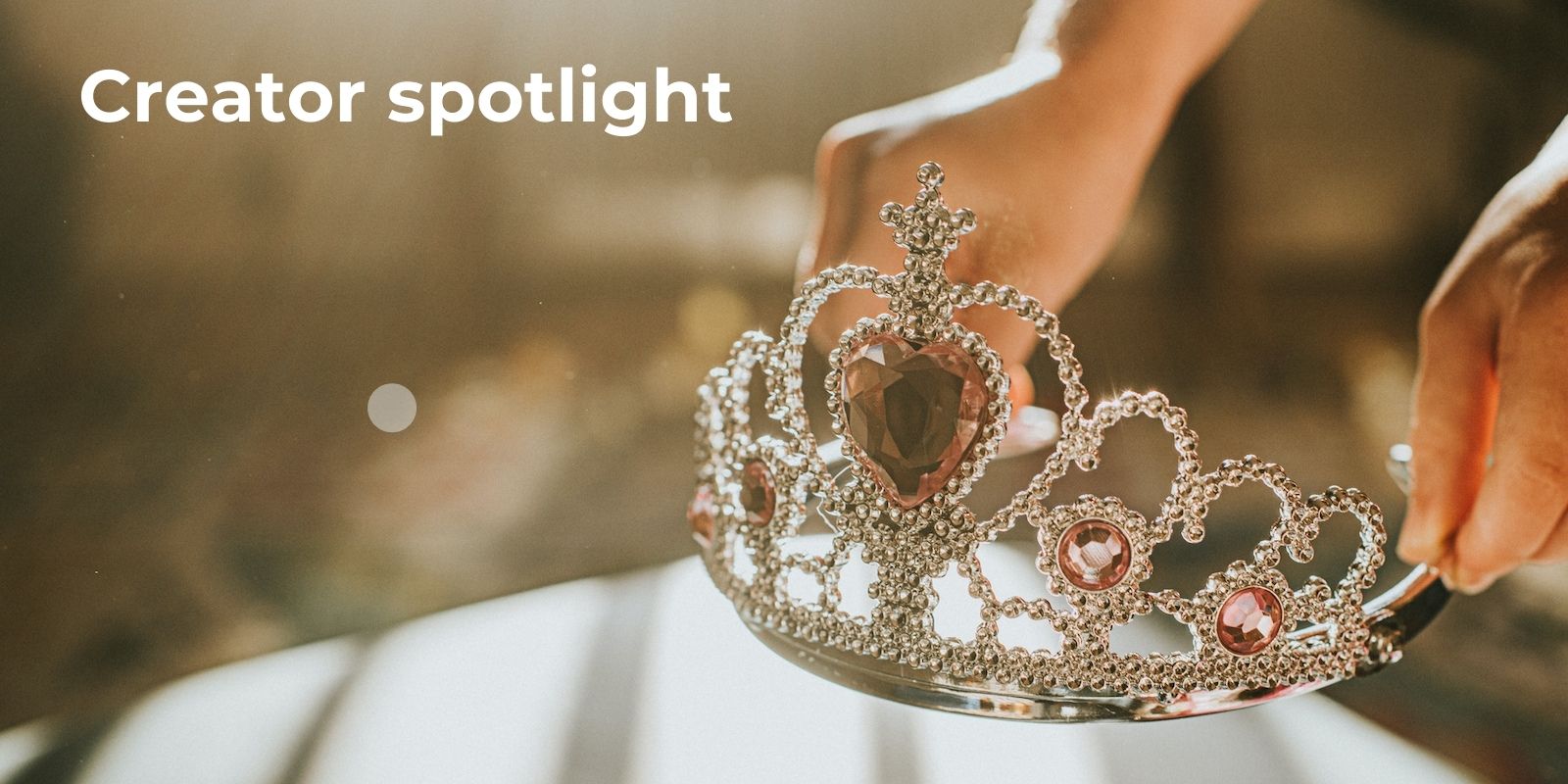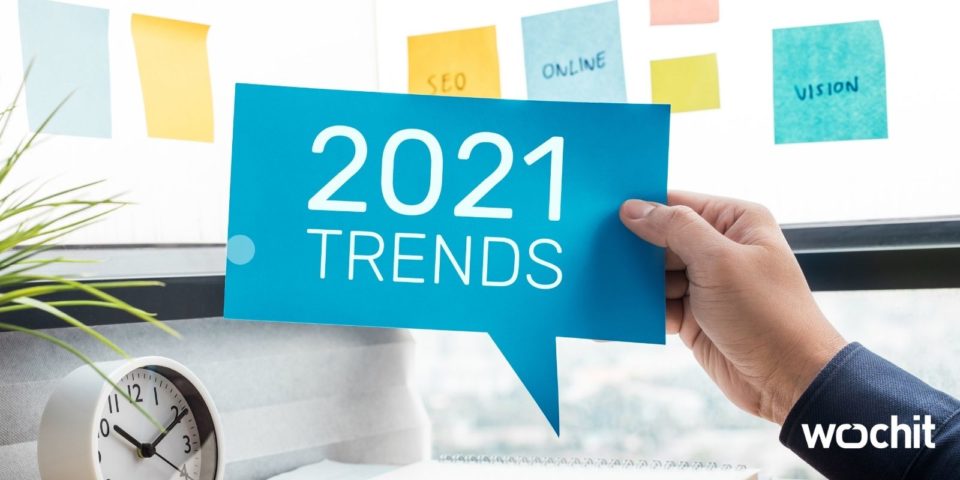
It’s no surprise that the pandemic has shifted the way we consume media. Not only did online media consumption shoot up during COVID-19, but user behavior has also changed. According to Nielsen, on a global scale, viewers spent more time watching news and entertainment.
We’ve seen how the need for more content for viewers to engage with has expanded exponentially with our clients. For example, Telemundo was tasked with the challenge of creating content for two core groups: the Spanish language content consumers, and what Telemundo calls the 200 percenters — they’re 100% American, 100% Latino, looking for that cultural connection.
During the pandemic, Telemundo’s audience wanted to be informed but also entertained to take a break from the constant flood of news and updates about COVID-19. When it comes to content consumption, the majority of Hispanics in the U.S. are watching more content now than before the pandemic started — and they’re consuming on multiple platforms.
For example, streaming on Telemundo’s app doubled last year. And users aren’t just watching new shows or series, they’re also streaming classic series like “Betty La Fea.” On Netflix, “Mariposa de Barrio,” Telemundo’s 2017 biographical series on the late Jenni Rivera, landed in the Top 10 after coming to the platform in January.
As the largest producer of Spanish language entertainment, news, sports, and scripted content, how did Telemundo go about it? With a multiplatform approach, serving up a mix of content on different platforms.
In Wochit’s latest fireside chat, Unite Your Video Strategy Across Digital, Elsie De Marziani, Telemundo’s Director of Multiplatform Streaming Content, delves into how Telemundo went about creating a multiplatform experience for their audience. Here are some insights:
Make an omnichannel approach a core part of your strategy
Some networks and content creators might be hesitant to dip their toes in an omnichannel approach for their audience. But it’s clear that a multiplatform strategy is mission crucial in creating a consistent brand experience for your viewers, meeting them where they choose to watch.
“While many viewers will continue to watch programming on their TVs, it’s a must to create content for all platforms and devices,” says De Marziani. “And while some networks might fear that a multiplatform approach might cannibalize their linear ratings or views, we haven’t found that to be the case. ”
So what does it mean, exactly, to be multiplatform? In a nutshell, it’s creating a unified experience to give your audience what they want, when they want it, where they want it.
For instance, Telemundo took a multiplatform approach to the 69th edition of Miss Universe and the 2021 Latin American Music Awards, and created experiences that bridged platforms and connected to different online media streams.
It’s about connection
The goal of an omnichannel strategy is to provide a bridge to connect the viewer to content through every single platform. By honing in on the linear, digital, and social channels, Miss Universe and Latin American Music Awards (AMAs) dominated across platforms—both ranked No. 1 most social program of the day across networks, and both broke records on the Telemundo app as the Number 1 most viewed special event.
A few stats for you: The 69th Miss Universe crowned Telemundo #1 across all platforms and was the only broadcast live entertainment special, regardless of language, to deliver audience growth during the pandemic-era. The show generated a whopping 37 million engagements, and 26 million video minutes across platforms, including digital, linear, social. See a video example here.
The Latin AMAs delivered triple-digit growth across digital and social platforms with an 188% boost in social engagement and a 116% increase in digital views versus 2019. On social media platforms, the Latin AMAs ranked as the No. 1 most social program of the day across all broadcast and cable networks.
On event night, the show generated 36.7 million total views and 2.4 million global actions for the exclusive digital coverage across platforms including the Telemundo App, Telemundo.com, Facebook, Instagram, Twitter, YouTube and TikTok.
No matter what networks create to engage viewers and create that bridge, at the end of the day, it’s really about connection. How do you plan on making that connection to further strengthen the relationship you have with your audience? And what can you do to engage with them?
Rely on data to understand user behavior
It’s important to see what your audience wants from each platform to serve a specific need. Telemundo’s short-form content gets pushed out to telemundo.com, Telemundo app, YouTube, Facebook, and Peacock to name a few. To best leverage each platform’s strengths and create optimal content, they looked closely at their data to understand performance metrics on each platform, such as:
- Length of the video
- Format
- Type of content
For instance, Telemundo discovered that portrait format works best on Facebook versus 16:9. “Visually, it looks nice, provides a smoother experience, and grabs viewers’ attention on their smartphone,” says De Marziani.
Customization is key
It’s really not enough to send the same video and elements to all platforms at once and expect great results. To make your videos stand out on each platform, you must customize them, explains De Marziani. Consider customizing the following by platform:
- Thumbnails
- Titles and metadata
- Horizontal and longer videos for streaming platforms like YouTube
- Vertical and shorter videos for social platforms like Instagram
Sandwich a special event with different types of content
Besides the live event, Telemundo created content to help support viewership. For instance, in the weeks leading up to the event, Telemundo’s content team created videos about the nominated artists or contestants for Telemundo.com and their social platforms to build up fandom and generate buzz and awareness.
During the week of the event, Telemundo created additional shows that could only be live streamed on digital platforms. Content from the rehearsals and celebrity interviews was also created to give the viewers a preview of what’s coming. “Our viewers are very passionate, they’re eager to know which artists get nominated, and they love to vote and support their favorite artists across platforms,” says De Marziani.
The day of the event, viewers got to watch the show live. In addition, Telemundo published a play-by-play on digital for fans to engage in real time by sharing, reacting, and commenting on the best moments, performances, speeches.
Once the event was over, Telemundo published all the behind-the-scenes, backstage interviews, and moments their viewers didn’t see on TV. “This content is very engaging because it’s exclusive, and offers a look-in behind the cameras for the viewers to get the full experience as if they were physically there,” says De Marziani.
Long-form versus short-form
Telemundo also offers viewers long-form content that’s available after the show airs.
It’s important to have a mix of short-form and long-form content. Why’s that? Short-form allows for scale and it can also support long-form. For instance, you’ll need a trailer and a teaser to promote the content. In addition, some viewers may not be able to watch the 3-hour live event, but they’d want to watch the individual clips of the performances and highlights of the show on their preferred platform.
Whether it’s short-form or long-form, what’s important is to meet the viewer when and where they’d like. In turn, they create content of different length, sizes, and intentions to engage with the viewer.
What’s next for Telemundo?
As for what the future has in store for Telemundo, streaming will continue to grow and help engage with viewers no matter how they prefer to view content.
To date, Telemundo has delivered over 14,000 hours of original content to its partners such as Hulu, Peacock, and Netflix—and that number will only climb steadily.
“We’ll continue to have a multi-pronged approach for content for linear TV programming, streaming, and for social media. It’s not doing one or the other,” says De Marziani. “Nowadays, you need to create, program and promote on all platforms.”
“Thanks to our new omnichannel approach,” continues De Marziani, “we’ve seen growth in content consumption—140 million minutes of Telemundo content are currently consumed across different platforms each day. And this number keeps growing.”




